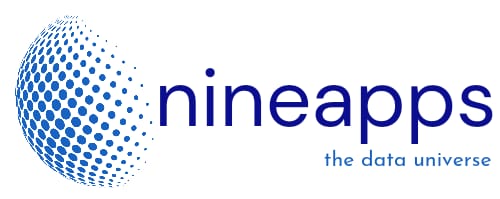
Developers from our consortuim of startups handle our Machine learning (ML) and artificial intelligence (AI) Practice, post 2020 we are seeing a significant requests from our clients wiht distinct characteristics and scopes. AI is a broader field that encompasses various approaches and techniques, AI being a subset of machine learning.
Our Artificial intelligence team builds solutions and products around computer systems or machines that can perform tasks that typically require human intelligence. Our AI aim products aim to simulate intelligent behavior, reasoning, learning, and problem-solving.
Our AI team is focuseed in two categories:

Narrow AI (also known as weak AI): Narrow AI refers to systems that are designed to perform specific tasks or solve specific problems with a level of expertise comparable to or exceeding human capabilities in those specific tasks. Examples of narrow AI include voice assistants like Siri or Alexa, recommendation systems, and image recognition systems.
General AI (also known as strong AI): General AI aims to develop machines or systems that possess human-like intelligence across a wide range of tasks and domains. These hypothetical systems would have the ability to understand, learn, and apply knowledge to any problem, similar to human intelligence. General AI is a long-term goal and has not been fully achieved yet.
Machine learning teams inegrate with AI for transformation that focuses on the development of algorithms and models that enable computers to learn from data and make predictions or decisions without being explicitly programmed. We develop Machine learning algorithms learn patterns and relationships in data through the process of training and deployement. We improve their performance with experience, making them adaptable to new situations and data.
We have developed Machine learning algorithms with different requirements in Education,Industrial automation,people autamation and process automation to reduce workforce


Supervised Learning: Algorithms learn from labeled data, where input features are paired with corresponding output labels or targets. They generalize from this training data to make predictions or classifications for new, unseen data.
Unsupervised Learning: Algorithms learn from unlabeled data and identify patterns or structures within the data. Clustering, dimensionality reduction, and anomaly detection are common tasks in unsupervised learning.
Reinforcement Learning: Algorithms learn through interactions with an environment and receive feedback in the form of rewards or penalties. They aim to optimize their actions to maximize cumulative rewards over time.
